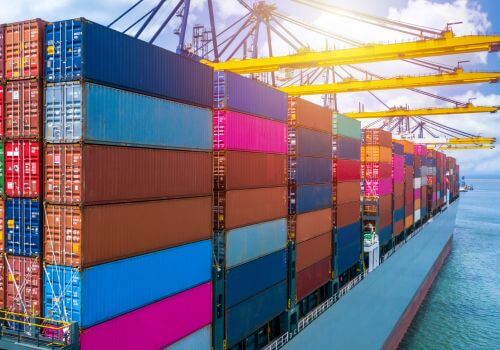Understanding the concept of de minimis charges is crucial for anyone involved in international logistics, especially in the context of cross-border e-commerce. This guide will walk you through the basics of de minimis, its importance in logistics, and how it impacts businesses and consumers alike.
What is a De Minimis charge?
De minimis refers to a threshold value set by countries below which imported goods are exempt from duties and taxes. This concept simplifies the customs process for low-value shipments, making international trade more efficient and cost-effective. Each country determines its own de minimis threshold, which can vary significantly.
Why are De Minimis charges important in logistics?
De minimis plays a crucial role in international trade for several key reasons:
Cost efficiency
By exempting shipments below a certain value from duties and taxes, de minimis helps reduce costs for both businesses and consumers. This cost savings allows companies to maintain competitive pricing in international markets, which is particularly important for small and medium-sized enterprises.
Streamlined customs process
Shipments that qualify for de minimis exemptions typically require less paperwork and undergo fewer inspections, resulting in faster customs clearance times. This efficiency is vital for maintaining quick delivery times, which is essential for customer satisfaction and loyalty.
Market accessibility
A high de minimis threshold can make a country more appealing for international sellers. By reducing barriers to entry, such as duties and taxes on low-value shipments, countries can encourage cross-border trade and attract more foreign businesses. This can lead to increased consumer choice and economic growth.
How do De Minimis charges work?
Here’s a simplified, step-by-step guide to understanding how de minimis operates in logistics.
1. Determine the shipment value
The first step is to accurately calculate the value of the goods being shipped. This includes the cost of the items, plus any additional costs such as insurance and freight. Accurate valuation is crucial to ensure compliance with customs regulations.
2. Check the De Minimis threshold
Compare the shipment value to the de minimis threshold of the destination country. If the value is below this threshold, the shipment qualifies for duty-free and tax-free importation.
3. Customs clearance process
Even though duties and taxes are waived, shipments under the de minimis threshold still undergo a basic customs screening. This process ensures that the goods comply with all relevant import regulations and are not restricted or prohibited.
4. Delivery
Shipments that qualify for de minimis exemptions typically clear customs more quickly than those that require full customs processing. This faster clearance can lead to quicker delivery times, which is beneficial for maintaining customer satisfaction.
4 examples of De Minimis thresholds
De minimis thresholds vary significantly across different countries, influencing the cost and efficiency of international trade. Here’s a snapshot of some key countries:
United States
The U.S. offers a relatively high de minimis threshold of $800. This makes it an attractive market for international sellers, as shipments below this value are exempt from duties and taxes, simplifying customs clearance.
European Union
In the EU, the de minimis threshold for duties is set at €150. However, all imports are subject to Value-Added Tax (VAT), which varies by country. This means that while duties might be waived, VAT still applies to shipments.
Canada
Canada has a lower de minimis threshold of CAD 20 for postal clearance. This can make international shipping more challenging for U.S. e-commerce brands, as they must carefully manage shipment values to avoid duties and taxes.
Australia
Australia provides a high de minimis threshold of AUD 1,000, encouraging cross-border shopping by reducing barriers for low-value imports. This threshold helps Australian consumers access a wider range of international products without additional duties.
In summary, a De Minimis Charge in logistics refers to a threshold value set by countries below which imported goods are exempt from duties and taxes, simplifying the customs process for low-value shipments.







